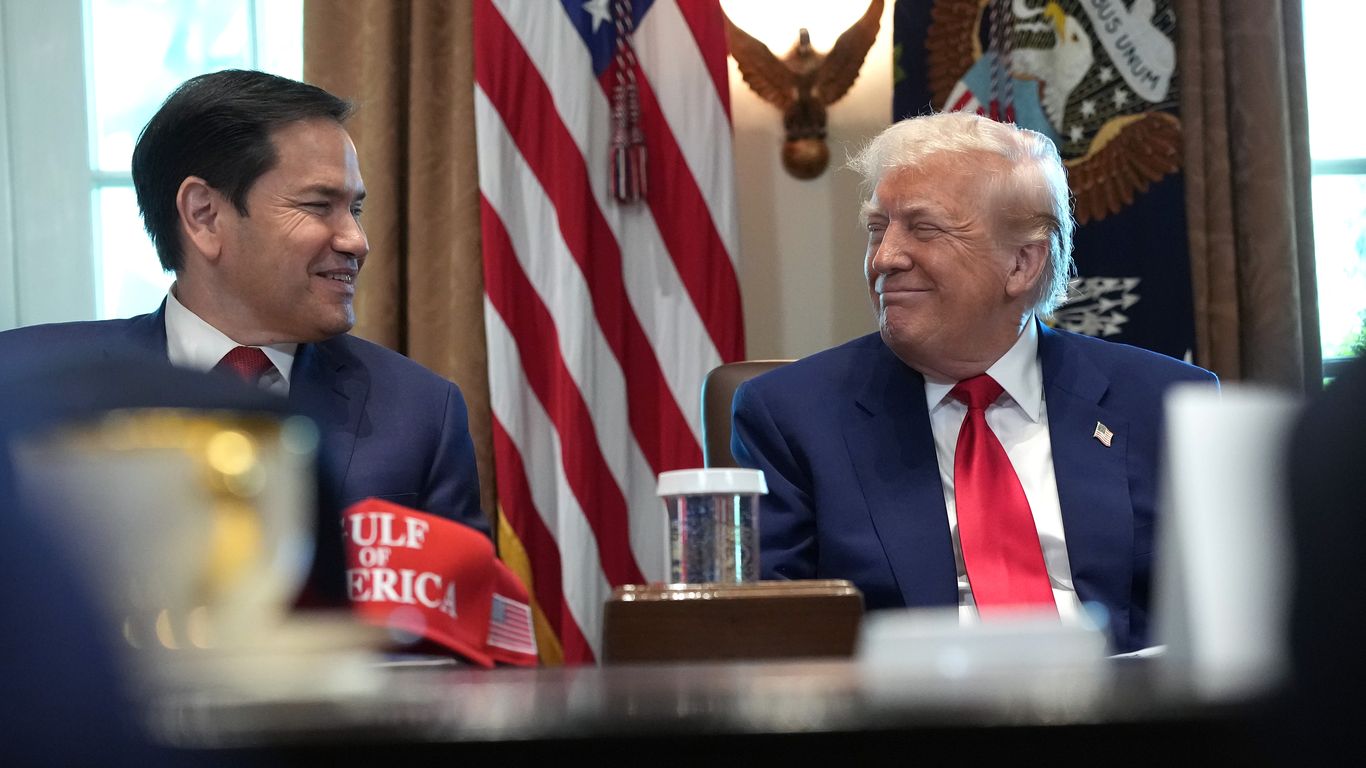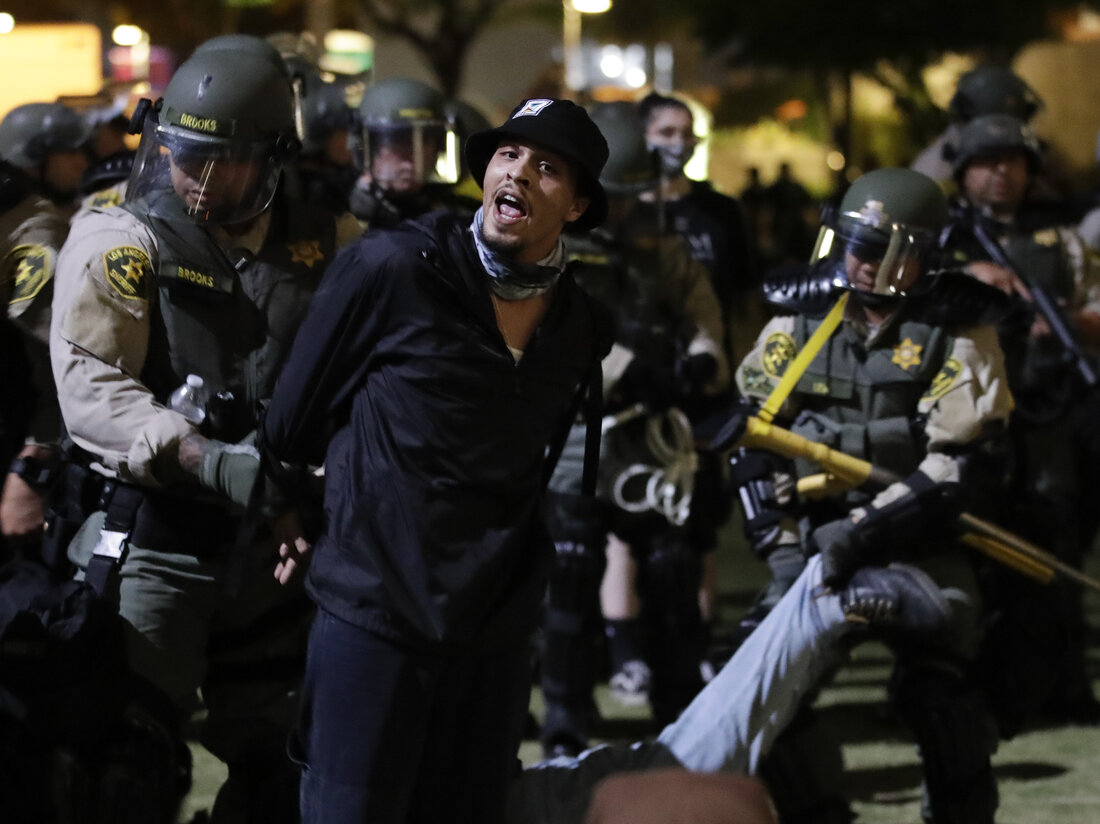Truck Driver Denied Bond After Fatal Accident Sparks Immigration Debate

Introduction
In a tragic incident, a truck driver, Harjinder Singh, has been denied bond after being accused of making an illegal U-turn that resulted in the death of three people in Florida. The incident has sparked a clash between the U.S. Department of Homeland Security and California Governor Gavin Newsom.
Key Details
The truck driver, Harjinder Singh, was driving a semi-truck on a highway in Florida when he made an illegal U-turn, causing a devastating accident that resulted in the death of three individuals. Following the incident, Singh was arrested and charged for the illegal U-turn and is currently being held without bond.
In a statement, the U.S. Department of Homeland Security has accused Singh of being in the country illegally and has stated that he should have never been on the road in the first place. On the other hand, California Governor Gavin Newsom has criticized the federal government's handling of the incident, stating that the situation highlights the broken immigration system in the country.
Impact
This tragic incident has sparked a heated debate between the federal government and state officials, with both sides pointing fingers at each other. It also sheds light on the larger issue of immigration in the United States and the need for reform in the system. The denial of bond for the truck driver has raised questions about the fairness and effectiveness of the current immigration
About the People Mentioned
Gavin Newsom
Gavin Christopher Newsom, born October 10, 1967, in San Francisco, California, is an American politician and businessman currently serving as the 40th governor of California since January 2019. Raised in an established San Francisco family and educated at Santa Clara University, where he studied political science, Newsom began his political career in 1996 with an appointment to the San Francisco Board of Supervisors, after serving briefly on the city’s Parking and Traffic Commission. Newsom was elected mayor of San Francisco in 2004, becoming the youngest mayor in over a century. His tenure was notable for progressive initiatives, including directing the city to issue marriage licenses to same-sex couples in 2004, a pioneering move in the national movement for marriage equality. He also launched the Healthy San Francisco program, expanding access to healthcare for uninsured residents. After serving as mayor until 2011, Newsom was elected lieutenant governor of California, holding that office from 2011 to 2019. As governor, Newsom has focused on progressive policy areas such as gun control, criminal justice reform, environmental protection, affordable housing, and universal healthcare access. His administration has prioritized tackling homelessness, improving public safety, and expanding educational opportunities. Notably, he imposed an early moratorium on executions in California and led the state's response to the COVID-19 pandemic, implementing some of the strictest health measures in the country. Newsom survived a recall election in 2021 and was re-elected in 2022, maintaining significant political influence in California. Newsom is also known for his entrepreneurial background, founding the PlumpJack Group, which grew into a substantial hospitality and wine business. He is married to Jennifer Siebel Newsom, and they have four children. Diagnosed with dyslexia in childhood, Newsom has spoken publicly about overcoming learning challenges while pursuing a career in public service[1][2][3][5][6][7].
About the Organizations Mentioned
U.S. Department of Homeland Security
The **U.S. Department of Homeland Security (DHS)** is a federal executive department established in 2002 in response to the September 11 terrorist attacks, under the Homeland Security Act of 2002. Its core mission is *to secure the nation from various threats*, encompassing terrorism, border security, immigration enforcement, cyber threats, critical infrastructure protection, and disaster resilience[3]. DHS integrates multiple agencies, including the U.S. Coast Guard, Customs and Border Protection, Immigration and Customs Enforcement, and the Transportation Security Administration. This consolidation was designed to enhance coordination in protecting the United States from evolving security challenges[3]. Key achievements include strengthening border security, counterterrorism efforts, and responding to natural disasters such as hurricanes. For example, the Coast Guard’s active role in disaster response has been critical in past crises like Hurricane Katrina[3]. DHS also leads in combating cyber threats, a growing concern recognized in its 2025 Homeland Threat Assessment, which highlights the increasing complexity of cyberattacks, transnational crime, and immigration system strains as pressing risks to national security[4]. In recent years, DHS has undergone reform initiatives to refocus its priorities. The current administration has authorized expanded roles for federal law enforcement agencies beyond traditional DHS officers to address immigration enforcement more broadly, reflecting heightened political focus on border security and immigration control[5]. This includes empowering agencies like the DEA and ATF to assist in immigration-related actions, signaling a more integrated federal approach to homeland security[5]. Today, DHS remains at the forefront of national security and public safety, balancing technology-driven challenges with traditional law enforcement. Its dynamic mission reflects ongoing geopolitical shifts, technological advances, and domestic concerns, making it a pivotal institution in U.S. business and technology landscapes, especially regarding cybersecurity, infrastructure protection, and immigration policy enforcement[4][5].
California Governor
The **California Governor's Office** is the chief executive branch of California's government, responsible for overseeing the state's operations and implementing its laws. The Governor serves as the state's official representative and is elected to a four-year term, with a limit of two terms[2][4]. ## Organization and Role The Governor's Office plays a pivotal role in: - **Budgeting**: The Governor must submit a proposed state budget by January 10 and a revised budget by May 14 each year. This process significantly influences state policy and resource allocation[2][7]. - **Legislative Process**: The Governor can sign or veto bills passed by the legislature, and they also have the authority to reduce or eliminate appropriations[2][7]. - **Appointments**: The Governor appoints numerous officials, including judges and executives in various state agencies[2][3]. ## History and Achievements The California Governor's Office has a rich history, with notable figures like Arnold Schwarzenegger and Jerry Brown contributing to significant policies in areas such as environmental protection and healthcare reform. Recent achievements include efforts to address homelessness, climate change, and economic development[1][8]. ## Current Status Under Governor Gavin Newsom, elected in 2018 and reelected in 2022, the state has continued to focus on progressive policies, including enhancing disaster preparedness and advancing social justice initiatives[2][6]. ## Notable Aspects - **Innovation and Technology**: California is a hub for technological innovation, and the Governor's Office often collaborates with tech leaders to promote economic growth and development[8]. - **Environmental Leadership**: California has been at the forefront of environmental policies, with the Governor playing a key role in setting national standards for climate action[8]. Overall, the California Governor's Office is not just an administrative body but a driving force behind the state's policy and economic development, particularly in the tech and environmental sectors.









